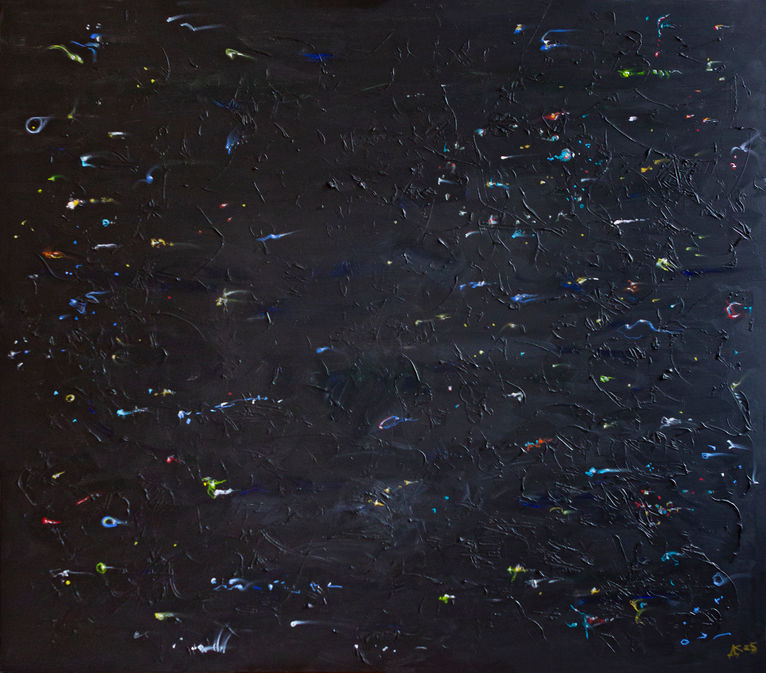
For as long as I can remember, I have always drawn. First it was pencils, then paints. My parents worked in the theater, and when they went to rehearsals, they would leave me with a stack of paper and some pencils. When they came home, they would find me asleep on the floor, surrounded by sheets of paper covered in scribbles. Later, I was taught how to draw “properly.” I tried my best, but even then—and still today—that childlike urge to leave traces on paper lives in me.
Theater work doesn’t easily allow one to focus on painting. Theater is a restless art, built of people and relationships. It consumes you entirely.
And yet, from time to time, I would escape from the theater and turn to canvas and paper. These rare moments of returning to my artistic roots nourished me in my theatrical work for many years. I always remember them as times of happiness.
Working in theater, I saw myself as the person responsible for what people see. And they see a lot—more than what’s visible to the eye. They see stories.
Theater is the art of telling stories in space. Painting is the theater of colors. Painting also tells stories, only not with words or plot, but with color and rhythm.
I was brought up to believe that I couldn’t create a performance without first understanding what that story means to me today. Theater is bound to the context of the moment; it is too “literary.” Painting is freer—it enters a person more directly.
I always wanted to achieve in theater what can be done on canvas: immediacy. At the same time, I have always been drawn to a certain degree of “theatricality” in painting.
Now that I have gained more “freedom” from the theater, I find myself diving into painting more and more deeply.
On October 22, I will celebrate my 70th anniversary, and I felt that this unbelievable date deserved a creative response. And so this exhibition was born.
Danila Korogodsky

















